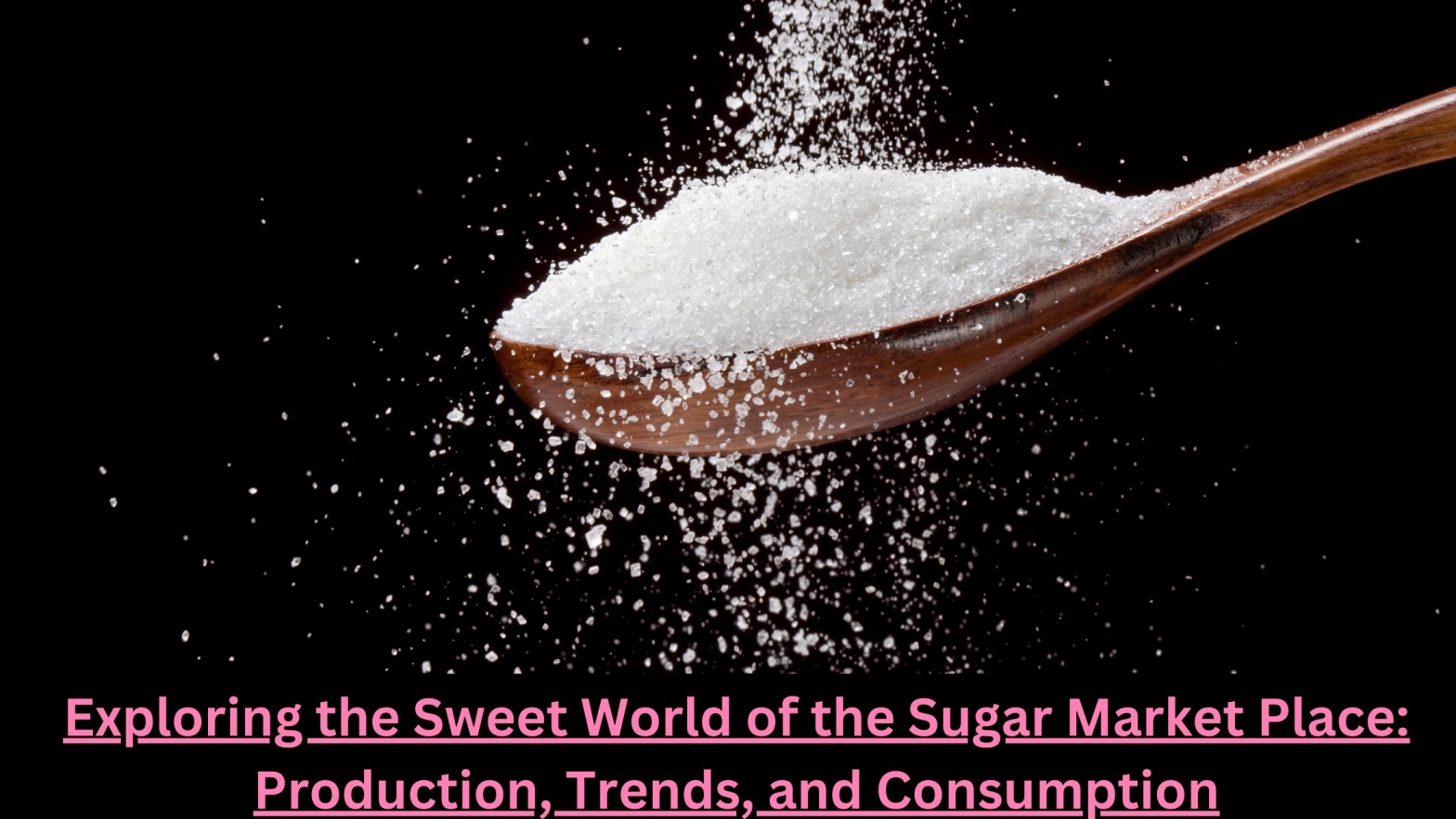Sugar, a ubiquitous sweetener that graces our tables and fuels countless industries, boasts a complex and fascinating marketplace. Understanding the intricacies of sugar production, trends, and consumption can provide valuable insights for businesses and investors alike. The sugar commodity price, a key indicator of market dynamics, fluctuates based on various factors including global production levels, weather patterns, and energy costs.
From vast sugarcane fields to bustling trade exchanges, the journey of sugar from plant to product is a story of global interconnectedness. Navigating the sugar commodity price landscape is crucial for businesses involved in the sugar supply chain. As of July 2024, sugar prices have seen a decrease compared to the beginning of the year. This trend reflects a combination of factors, including increased production in major exporting regions and a slowdown in global demand. However, the sugar market remains dynamic, and staying informed about these price fluctuations is crucial for businesses involved in the sugar supply chain.
From Fields to Factories: A Look at Sugar Production
Sugarcane and sugar beets are the primary sources of commercially produced sugar. Sugarcane, a tall, grass-like plant, dominates global production, accounting for roughly 70% of the world's sugar output. Major sugarcane producers include Brazil, India, China, and Thailand. Sugar beets, on the other hand, thrive in temperate climates and are particularly prominent in Europe and North America.
The production process involves crushing the plant matter to extract the sugary juice. This juice then undergoes a series of purification and evaporation steps to ultimately crystallize into the white sugar familiar to consumers. Raw sugar, an unrefined form, goes through a less intensive processing stage and retains a golden brown color.
A Glimpse into the Evolving Landscape of Sugar Consumption
Global sugar consumption has steadily risen over the past few decades, driven by population growth and increasing urbanization. However, recent years have witnessed a growing awareness of the health implications of excessive sugar intake. This has led to a shift in consumer preferences towards alternative sweeteners and a focus on reduced-sugar products.
Emerging Trends Shaping the Sugar Market
Several key trends are reshaping the sugar marketplace:
-
Focus on Sustainability: Consumers are increasingly demanding sustainable practices from the companies they support. This includes concerns about water usage in sugarcane cultivation and fair labor practices. Sustainable production methods, such as improved irrigation techniques and responsible waste management, are becoming increasingly important for sugar producers.
-
The Rise of Alternative Sweeteners: A burgeoning market for natural and artificial sweeteners, such as stevia and monk fruit, is posing a challenge to traditional sugar consumption. These alternatives cater to health-conscious consumers seeking to reduce their sugar intake.
-
Technological Advancements: Technological advancements in areas like plant breeding and processing techniques hold the potential to improve sugar yields, increase efficiency, and potentially reduce the environmental impact of production.
A Quote that Captures the Sugar Market's Essence
Evelyn Waugh, the famed British novelist, once remarked, "The only time to eat diet food is while you're waiting for the pizza to arrive." This quote, while humorous, reflects the enduring appeal of sugar and the challenges faced by those advocating for reduced consumption.
The Deep Core: Your Trusted Partner in the Sugar Market
If you're a business or investor navigating the intricate world of sugar, The Deep Core can be your trusted partner. We provide comprehensive market insights, analysis of sugar commodity prices, and valuable research to help you make informed decisions. From understanding production trends to anticipating consumer behavior, The Deep Core empowers you to stay ahead of the curve in this dynamic marketplace.



